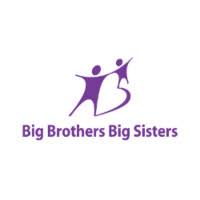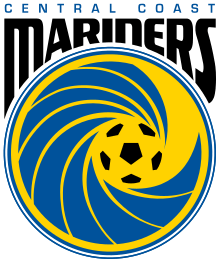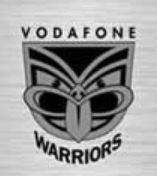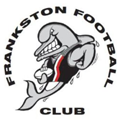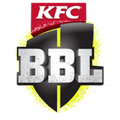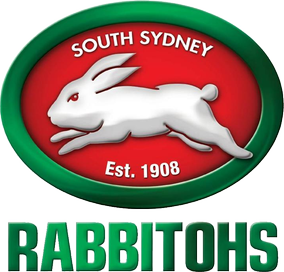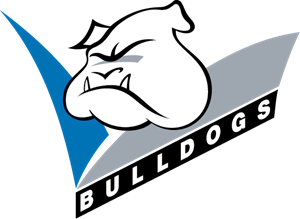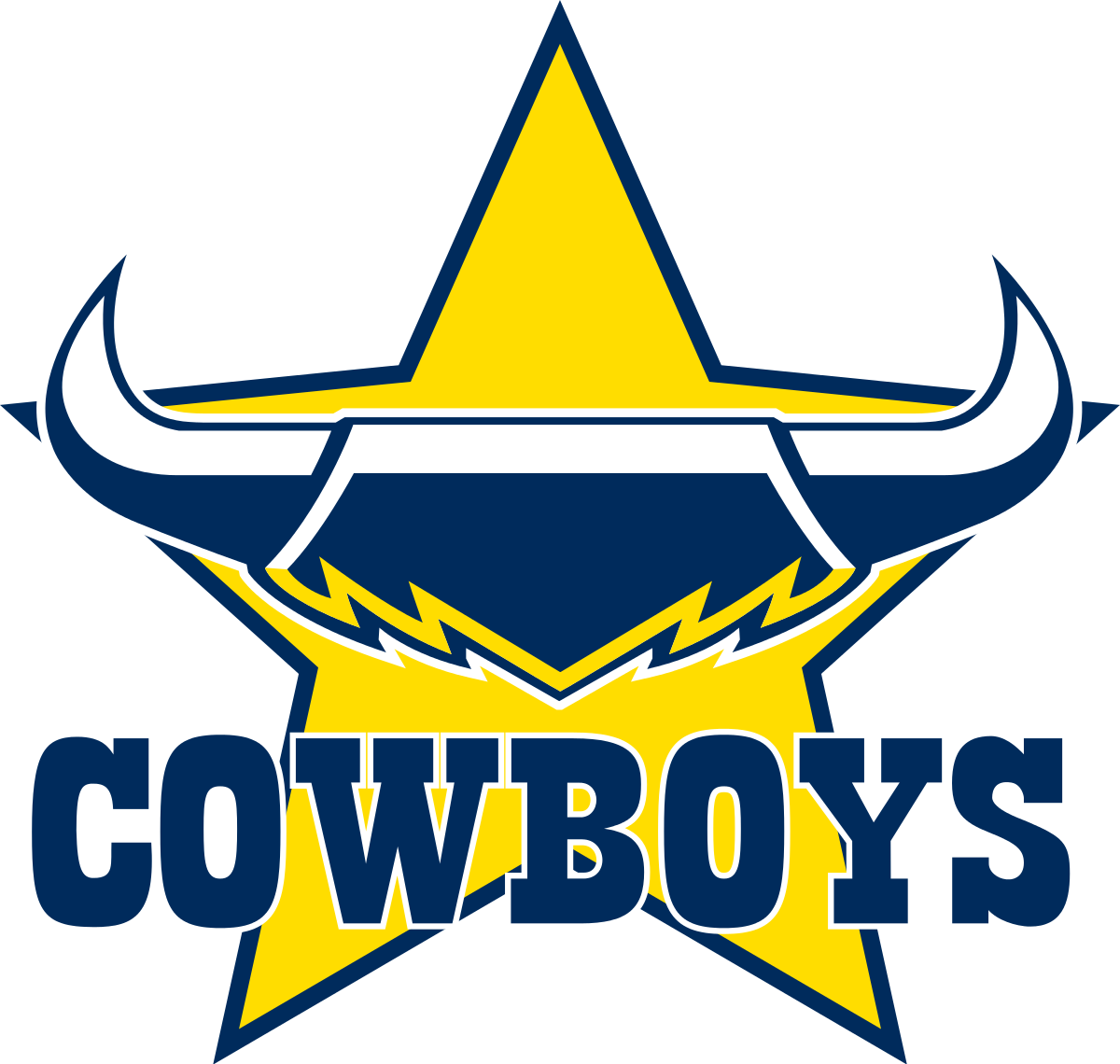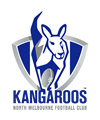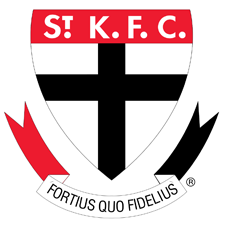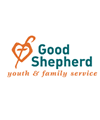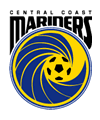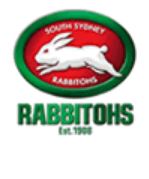There’s information on how to establish performance goals and then track those goals to make sure they’re achieved at all levels of business maturity. The CMMI was developed to combine multiple business maturity models into one framework. CMMI Version 1.1 was released in 2002, followed by Version 1.2 in 2006, and Version 1.3 in 2010; V1.3 was replaced by V2.0 http://ycarymymo.ru/index.php?p=0&rz=yc in March 2018. Gartner research, which includes in-depth proprietary studies, peer and industry best practices, trend analysis and quantitative modeling, enables us to offer innovative approaches that can help you drive stronger, more sustainable business performance. Service failures happen, but mature DevOps teams can move much faster to restore service.
While agile methodologies often are described to best grow from inside the organization we have found that this approach also has limitations. Some parts of the organization are not mature enough to adapt and consequently inhibit development, creating organizational boundaries that can be very hard to break down. The best way to include the whole organization in the change is to establish a solid platform with some important prerequisites that will enable the organization to evolve in the right direction. This platform includes adopting specific tools, principles, methods and practices that we have organized into five key categories, Culture & Organization, Design & Architecture, Build & Deploy, Test & Versification and Information & Reporting. Structuring Continuous Delivery implementation into these categories that follows a natural maturity progression will give you a solid base for a fast transformation with sustainable results.
Continuous integration and delivery
Nevertheless, organizations starting down the continuous delivery path have often standardized portions of software development, such as the build system using CMake, Microsoft Visual Studio or Apache Ant and a code repository, like GitHub. This five-phase continuous delivery maturity model borrows its structure from the CMM, progressing from a base level of no effective capability through beginner, intermediate, advanced and expert stages. It’s a path to the advanced capabilities befitting the DevOps major leaguers that deploy multiple times a day or even multiple times an hour.
We predict that Lean practices, in combination with past experiences in project, program, and ICC practices, will become the dominant leading practice around the globe during the 2010s. Common criteria along different stages of a DevOps maturity model include continuous delivery, automation, culture, and KPIs. It’s a good idea to explore various maturity models to find one that best suits your products, industry, and team structure. These teams use tools to improve software robustness, detect rare failure conditions before they affect users and automate complex big data systems. Another characteristic of advanced continuous delivery maturity is the use of quantitative measures of software performance and quality, along with metrics that track the health and consistency of the CD process.
Experience Gartner Conferences
It can also be difficult to figure out how the team is progressing on this journey. While there is no single standard for CDMM, most models proposed in the industry consist of five levels, with Level 1 being the lowest level of maturity and Level 5 being the highest. Each level represents a set of capabilities that an organization must have in order to achieve that level of maturity. This is not to say that a Lean program can’t deliver benefits quickly in the short term – it certainly can. Some decisions and investments that will be required need to be made with a longterm payback in mind.




